Smiling and waving at other riders isn't just about etiquette, it could make you a better cyclist - here's how
Yes, it's polite, but there's another reason why you should always smile (and wave) at other riders
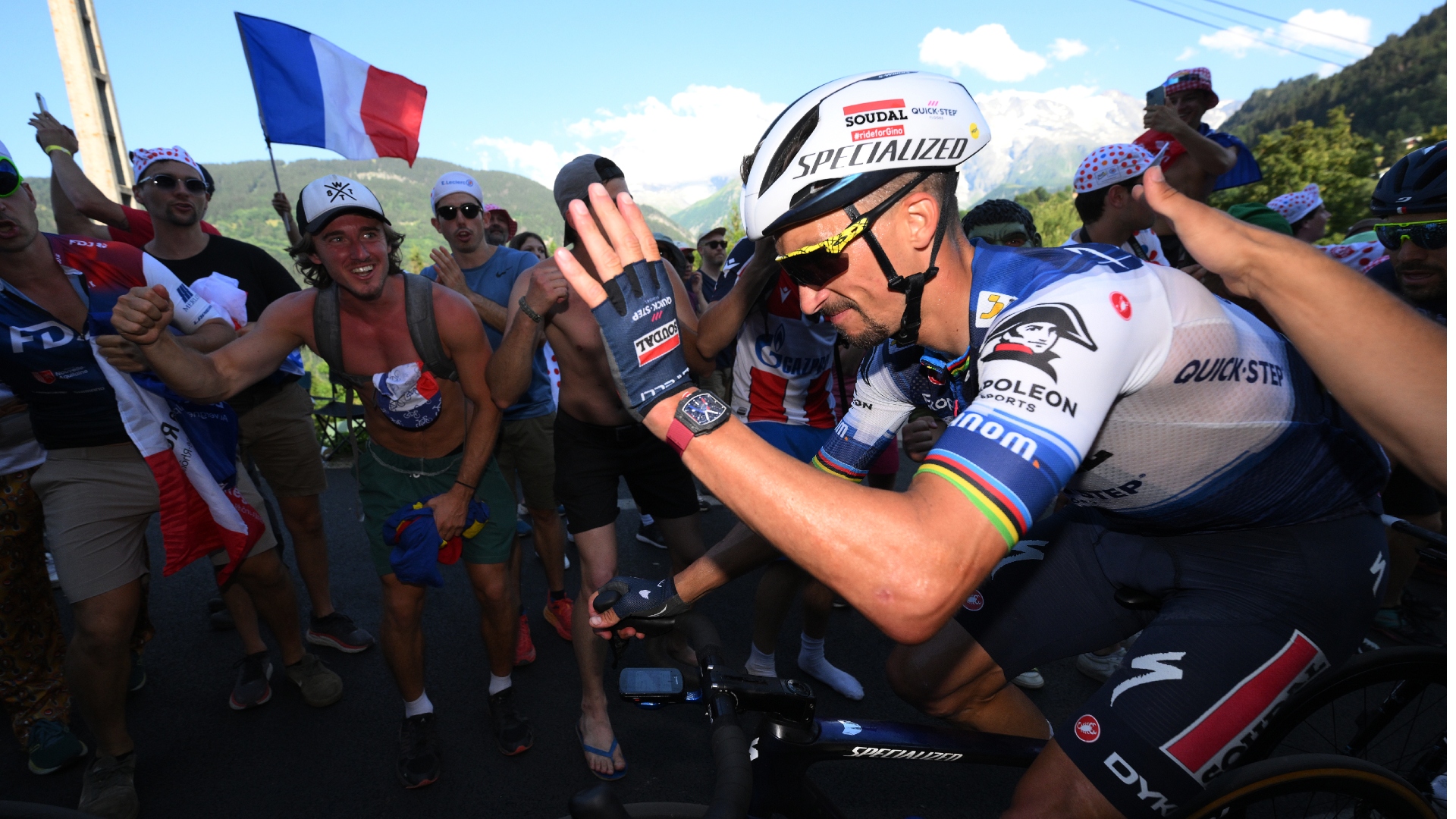
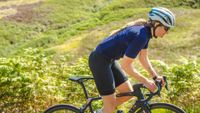
Most of us have busy lives, packing in cycling alongside work, family commitments and more - making 'quick wins' extremely inviting. But, do they work? In our weekly series we speak to cyclists of all kinds, to find out what one change they've made that's helped to make them a better bike rider - and ask - will it work for you?
The traditional 'nod, smile and wave' when passing other cyclists can become a divisive topic. Some riders believe it's a principle of etiquette that should never be forgone, while others may drop the wave pending the situation.
However, according to Chartered Sport and Exercise Psychologist, and resident expert at Cycling Weekly, Dr Josephine Perry, the cheery salute is just as good for the giver as it is for the rider on the receiving end.
In fact, Perry chose the 'smile and wave' as the one small change she's made to her riding, which has made her a better cyclist.
Just one small change: Smile and Wave
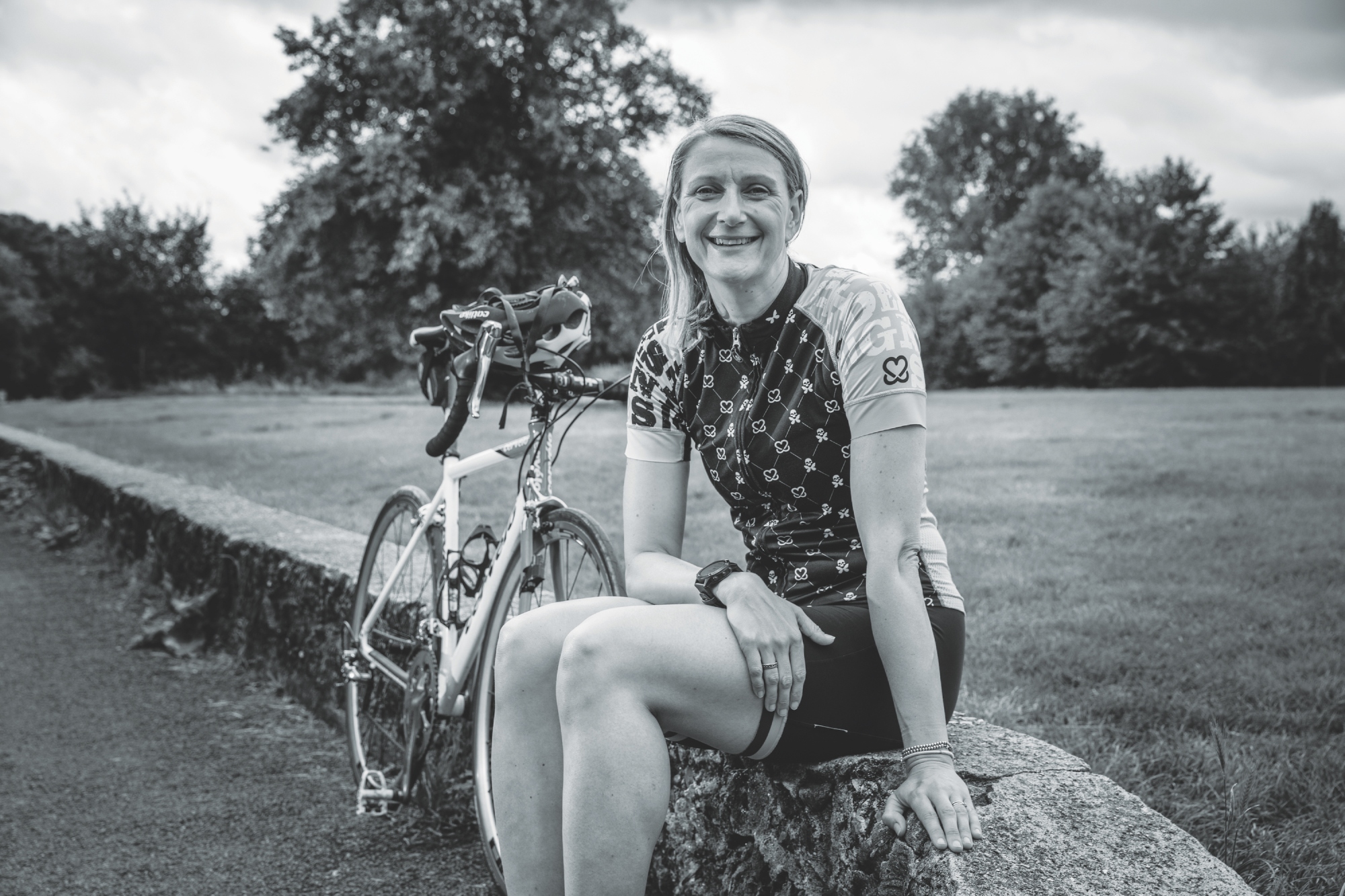
"Having ridden out in Lanzarote where every cyclist waves, gives a nod of the head or openly smiles at each other, I now try to do this much more too," Perry tells me, and it's not just about being polite either.
"Research has found that smiling can reduce our perception of effort and increase our positive thoughts," she says. "When we see others smiling back at us this helps us too.
"One study of cyclists on lab bikes doing time to exhaustion tests found that those who were subliminally primed with happy faces cycled 12 percent longer than those who were shown grumpy faces, and their perception of effort level was lower."
The latest race content, interviews, features, reviews and expert buying guides, direct to your inbox!
Sounds like a win-win, but can being smiley, and seeing happy faces really help us cycle for longer?
Expert view
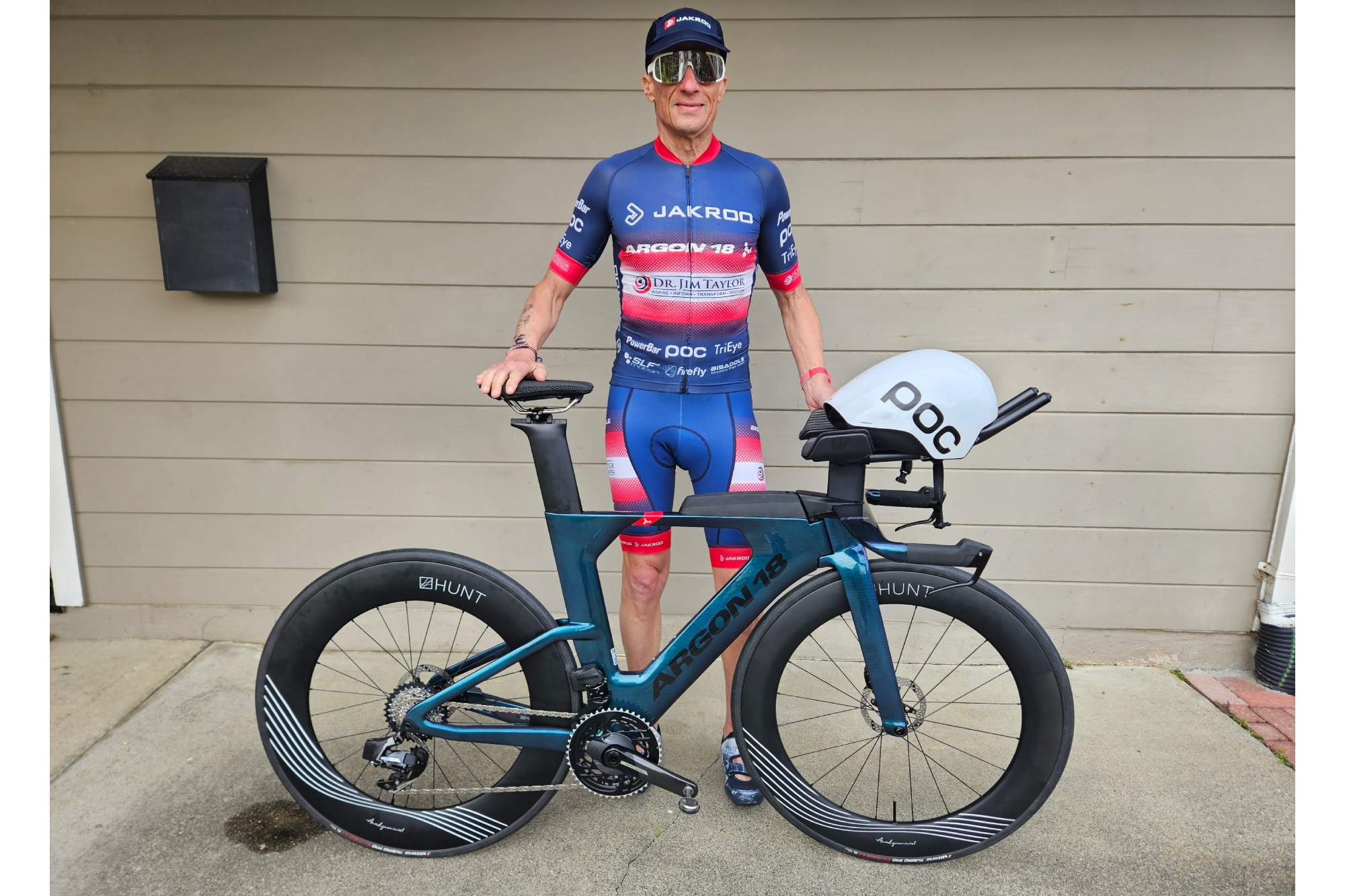
To discover more about the smiling effect research that Perry mentions I spoke with another Sports Psychologist, Dr Jim Taylor. He has served as team psychologist for two professional mountain bike teams, coached Ruth Astle to become three times Ironman champion and guided Lisa Tertsch to her Paris Olympic spot. He has also worked with scores of endurance athletes, from juniors to age-groupers.
Taylor has also authored 18 books on sports psychology, including The Complete Guide to Cycling Psychology with Mark Beaumont.
Diving straight in at the deep end, I asked if smiling really can have a positive impact on endurance cyclists.
"There is significant evidence that smiling impacts us psychologically, emotionally, and physically," Taylor confirms, adding that there are two reasons why it can help.
"As we grow up, we become conditioned to believe that when we smile, we’re happy and life is good," he says. "Research has also shown that smiling releases neurochemicals that reduce our perception of pain and make us more relaxed."
One of these neurochemicals is dopamine, which makes you feel good and plays a role in controlling muscle movements, heart rate, pain management and other physiological conditions. The other is serotonin, which impacts your overall well-being, including mood, digestion and the immune system.
"As physical beings, it is difficult to think and feel in ways that are inconsistent with the messages our bodies are telling us. So, even if we are negative, unhappy and in pain, when we smile our mind and body will naturally align with the positive message that smiling communicates. The act of smiling influences the brain, so we start to think more positively and begin to feel better, both emotionally and physically.
"Smiling sends a message to our primitive brain, telling it that we’re in control and okay, so it won’t trigger our survival instinct and a fight-or-flight reaction.
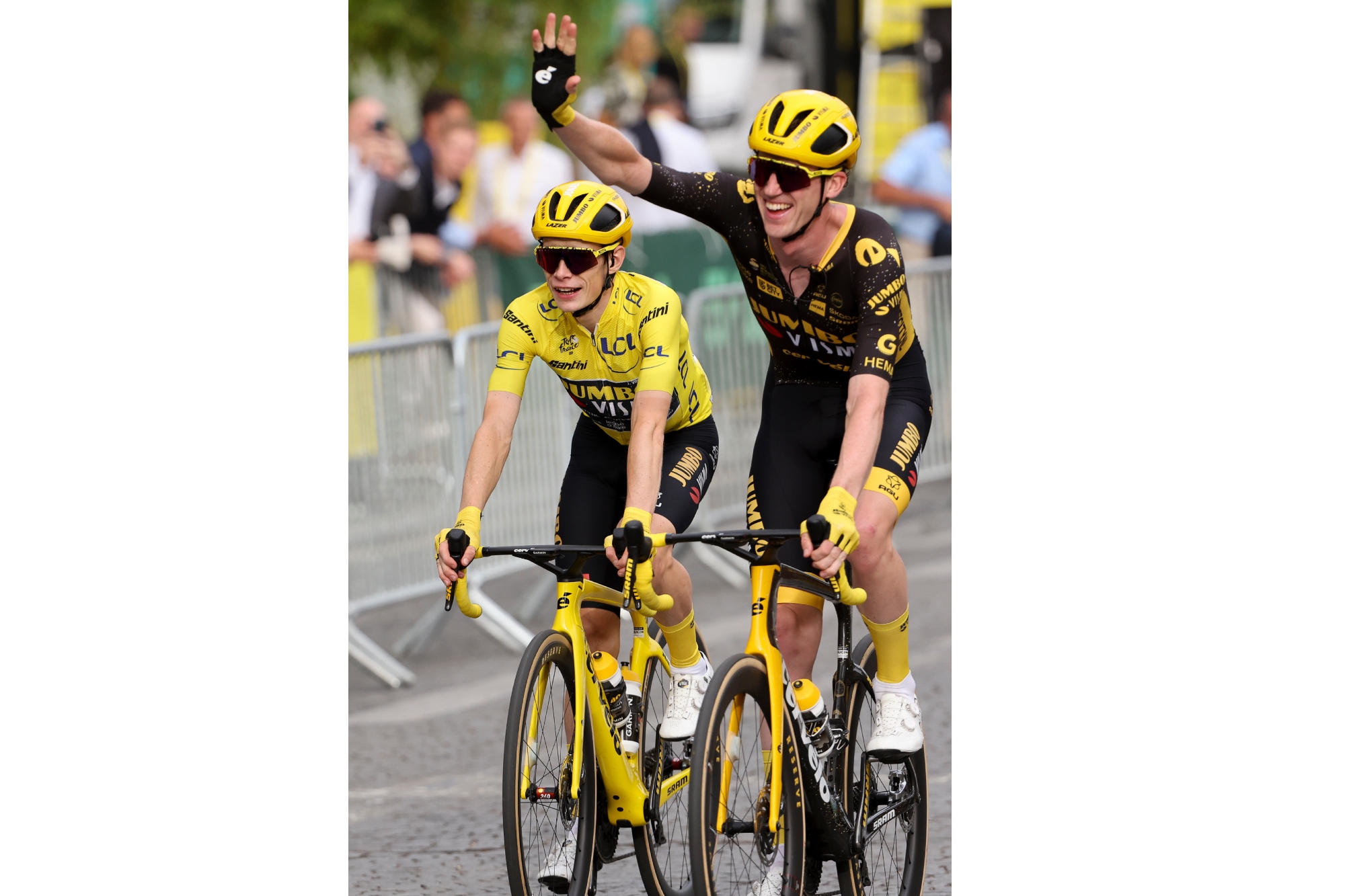
Writing for the British Council, Ding Li informed readers that "When our smiling muscles contract, they fire a signal back to the brain, stimulating our reward system, and further increasing our level of happy hormones, or endorphins. In short, when our brain feels happy, we smile; when we smile, our brain feels happier."
Who knew that there was so much science behind a smile? It seems like an untapped performance enhancer we all need to get behind, yet would sprint-based cyclists be able to reap the rewards too?
"Smiling can be a valuable tool in cycling at any distance, whenever there is fatigue or discomfort," says Taylor, adding that anyone can benefit. "Whenever it gets hard, smiling can really help."
Diving deeper into the study that Perry referenced, Taylor believes that research can be mind-blowing in terms of mental marginal gains. Those cyclists who could ride 12 percent longer after being primed with happy faces rather than grumpy faces? According to Taylor, mental conditioning of this sort is just as effective as positive self-talk.
Another study, which looked at the effects of smiling and frowning on perceived effort and exertion while cycling, reported that participants felt less physically exerted when smiling compared to frowning.
Clearly, smiling comes with huge benefits, but what about the waving aspect? Are we missing a trick by keeping our hands firmly on the bars at all times?
"I don’t think the waving is important for the smiler," surmises Taylor, "but the recipient feels more connected to the cycling community, which produces psychological, emotional and physiological changes.
"Every time I ride outside, I wave and smile at every bike I pass. It makes me feel good because I feel like I’m a part of something bigger than myself," he concludes.
Our view
It's great to hear that smiling and waving has a double benefit. I've always tried to nod to fellow cyclists at the very least, mostly to help them feel part of the cycling community.
Discovering that it could make me a happier person and a stronger rider is wonderful, but it may induce some skepticism when I next see a cyclist smiling and waving as they ride toward me. I will ponder their motivation.
For performance-focused riders, there has to be a caveat. Knowing that a grin can provide an endurance benefit to your competitors as well as yourself, you'll need to be careful who you aim those smiles at!
Hannah is Cycling Weekly’s longest-serving tech writer, having started with the magazine back in 2011. She has covered all things technical for both print and digital over multiple seasons representing CW at spring Classics, and Grand Tours and all races in between.
Hannah was a successful road and track racer herself, competing in UCI races all over Europe as well as in China, Pakistan and New Zealand.
For fun, she's ridden LEJOG unaided, a lap of Majorca in a day, won a 24-hour mountain bike race and tackled famous mountain passes in the French Alps, Pyrenees, Dolomites and Himalayas.
She lives just outside the Peak District National Park near Manchester UK with her partner, daughter and a small but beautifully formed bike collection.
